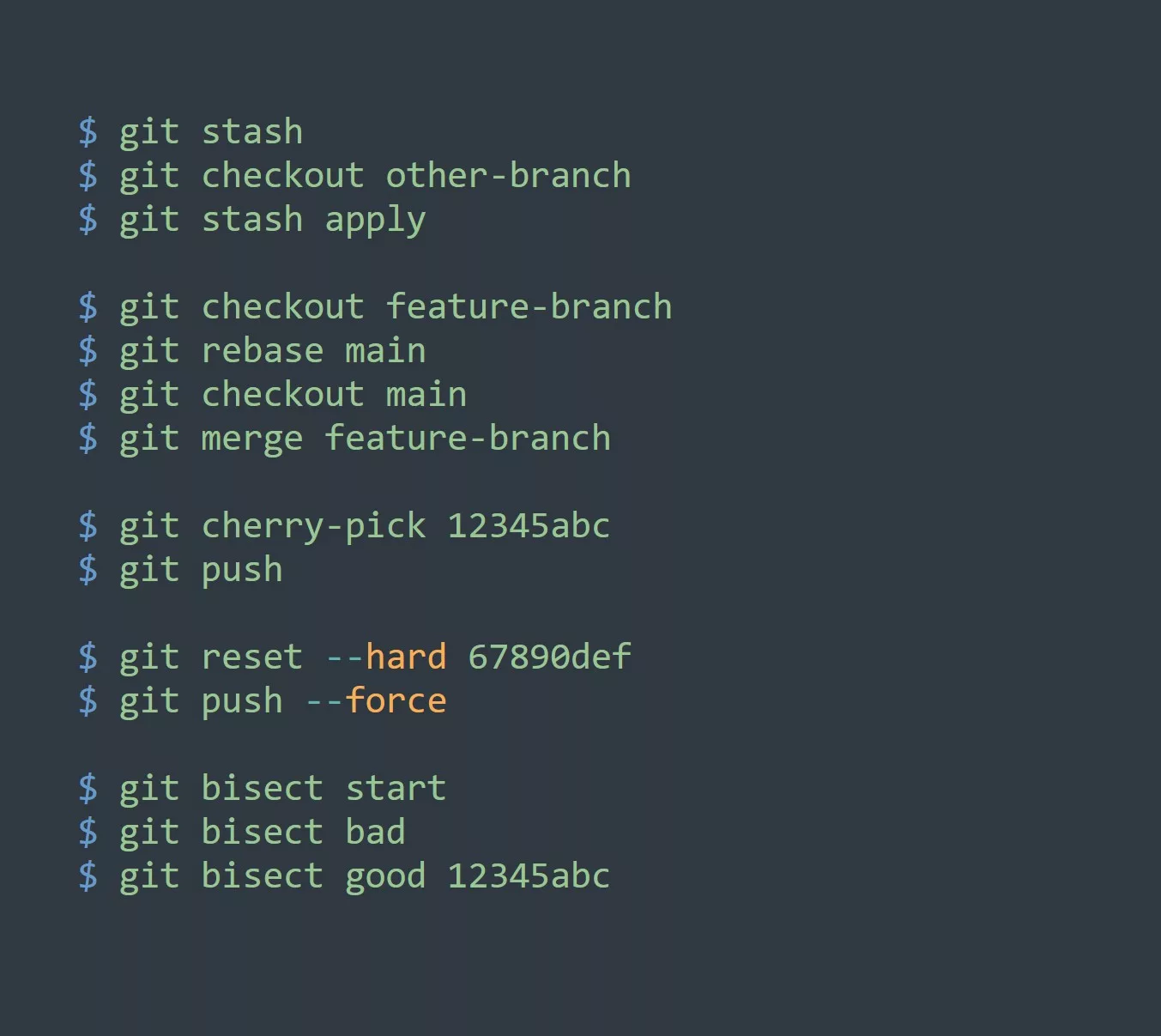Are you tired of manually configuring servers and applications on your infrastructure? Are you looking for a more efficient and automated solution? Look no further than Puppet configuration management!
Puppet is an open-source configuration management tool that allows you to define the desired state of your infrastructure and automatically enforce it. This means that you can specify how you want your servers and applications to be configured, and Puppet will ensure that they stay that way.
But what makes Puppet stand out from other configuration management tools? One of the key features of Puppet is its declarative language, which allows you to specify what you want, rather than how to achieve it. This makes it easier to write and maintain Puppet code, as you don’t have to worry about the underlying implementation details.
Example
Here’s an example of a Puppet manifest that installs and starts the Nginx web server on a Rocky Linux system:
package { 'nginx':
ensure => installed,
}
service { 'nginx':
ensure => running,
enable => true,
}
In this manifest, we declare that the nginx package should be installed and the nginx service should be running and enabled. Puppet will take care of installing the package and starting the service, as well as ensuring that they stay running and enabled.
Other use-cases
Did you know that Puppet is not just limited to configuring servers and applications? It can also be used to manage users, groups, and file permissions, as well as install and configure software packages and dependencies.
Here are some tips for using Puppet to increase your productivity:
- Use modules to organize your Puppet code and make it reusable.
- Use Hiera to externalize your data and keep your manifests clean.
- Use Puppet Lint to check your Puppet code for style and best practices.
- Use Puppet Bolt to run Puppet tasks and apply manifests remotely.
- Use Puppet Server to manage a large number of nodes and scale your infrastructure.
Ready to put your Puppet skills to the test? Try installing Puppet master on a Rocky Linux system.



